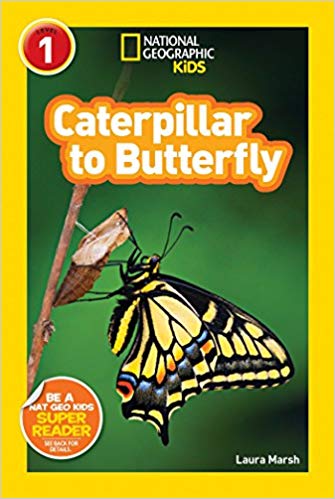Caterpillar to Butterfly
初學閱讀階段 | National Geographic Readers
Caterpillar to Butterfly
I 470L
書籍資訊
| 適讀年齡 | 4 - 6 |
| 適合年級 | P - 2 |
| 字數 | 666 字 |
| Grade level equivalent | |
| AR level | 3.0 |
| F&p/guided reading level | I |
| Lexile | 470L |
| DRA level | |
| 出版社 | National Geographic Society |
| 出版日期 | April 2012 |
Developed by National Geographic in consultation with literacy education experts, a series of high-interest, exciting and easy-to-read books contain simple text, National Geographic photography and kid-friendly diagrams, as well as loads of information about subjects that really matter to kids.
其他您可能會有興趣的書籍
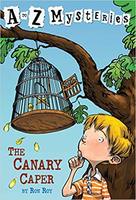
The Canary Caper
Dink, Josh, and Ruth Rose get an urgent call from Mrs. Davis--her canary is missing and he's not the only one--two other pets are missing as well. The kids suspect a petnapper.
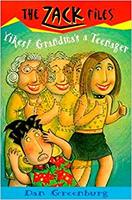
Yikes! Grandma's a Teenager
During a birthday trip to New York City, an airport metal detector turns back the hands of time for Zack's 89-year-old Grandma Leah, causing her to grow younger and younger.
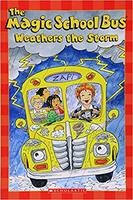
The Magic School Bus Weathers the Storm
CRASH! BOOM! FLASH! There are stormy skies ahead for Ms. Frizzle and her class. What happens when the Magic School Bus turns into a weather balloon? Take off with the Magic School Bus and learn all about what happens during a thunderstorm.
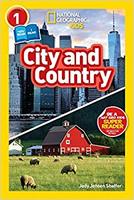
City and Country
Adult and child readers will learn all about urban and rural areas together in this new Co-reader from National Geographic Kids! Readers will take a tour through cities and rural areas around the world to learn what life is like downtown, in a farm community, in the mountains, and all around.
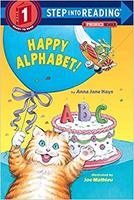
Happy Alphabet: A Phonics Reader
A string of wacky people, animals, and objects, each beginning with a different letter of the alphabet, gather to celebrate a birthday! Each page presents a letter of the alphabet, and every phrase rhymes with the next to help beginning readers anticipate words!
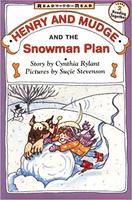
Henry and Mudge and the Snowman Plan
Henry, his father, and Mudge are certain to have a fun time at the local snowman-building contest, in this lively easy reader with full-color illustrations.
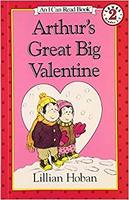
Arthur’s great big valentine
After they have a falling out, Arthur and his best friend Norman make up with very special valentines.
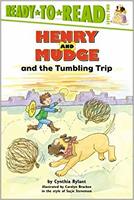
Henry and Mudge and the Tumbling Trip
Henry, his parents, and his dog Mudge take a vacation out West, where they enjoy tumbleweeds, desert animals, souvenirs, and the wide open spaces.
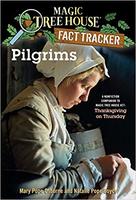
Pilgrims
Nonfiction companion to Thanksgiving On Thursday.
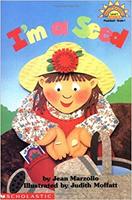
I'm A Seed
Two seeds grow side by side, showing the life cycles of plants. The seeds become marigolds and pumpkins.
全數借出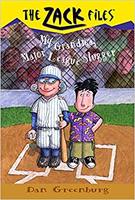
My Grandma, Major League Slugger
I went to visit my Grandma Leah in Chicago, and we went to a White Sox game. Doesnt sound like such a big deal, right? Well, heres the thingGrandma played in the game!
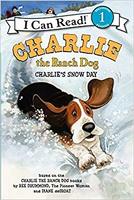
Charlie the Ranch Dog: Charlie's Snow Day
Ree Drummond (also known as The Pioneer Woman) and Charlie the Ranch Dog return in this snow-filled I Can Read title.When Charlie wakes up to a world covered in snow, he can't wait to go outside. He even takes a break from patrol duty to go sledding with his friends Walter and Sister. But when Walter goes missing, it's up to Charlie to take control of the situation and bring his buddy back.Charlie the Ranch Dog stars in bestselling author Ree Drummond's I Can Read title, just right for reading on your own snowy day! Charlie's Snow Day is a Level One I Can Read book, which means it's perfect for children learning to sound out words and sentences.
